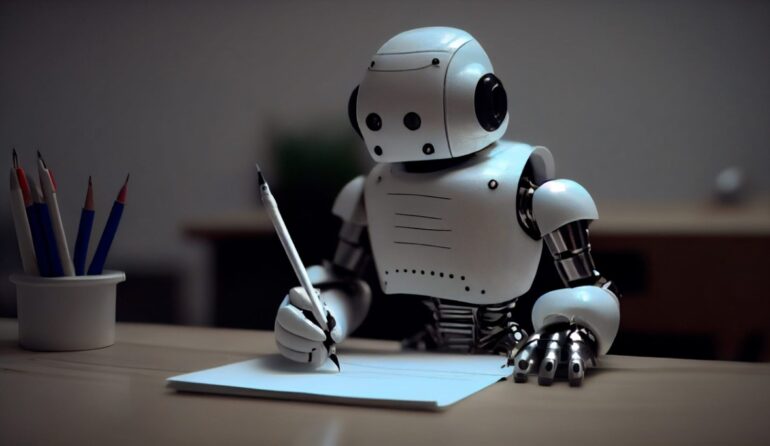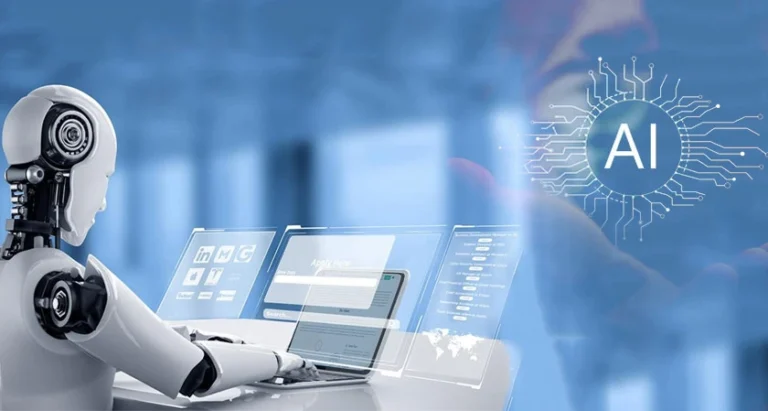Can You Trust AI-Written Text? The Risks of Machine-Generated Content

Trust has always been a core element when consuming any type of written material. Now, as more content gets generated through machines, the question of reliability arises. A growing number of businesses, students, and professionals use machine-generated outputs daily. But is it always wise to trust content produced by machines?
To answer that, it is important to explore the challenges and risks of relying on machines to generate text. There are concerns about accuracy, ethics, and even long-term impact on communication.
Table of Contents:
- Potential for Error in Machine-Generated Content
- Lack of Human Insight and Creativity
- Ethical Concerns Surrounding Machine-Generated Text
- Intellectual Property Issues and Plagiarism
- Hidden Biases and Their Consequences
- Can You Identify Machine-Written Text?
- Best Practices for Using Machine-Generated Content
- Conclusion
Potential for Error in Machine-Generated Content

Machines rely on algorithms. Algorithms do not think like humans. They do not always account for context, sarcasm, or nuanced meaning. They make mistakes. Even though machines process information faster than a human can, they do not process intent or tone properly. When accuracy matters, machine-generated text may miss the mark, leading to miscommunication or worse, misinformation.
Businesses using machine outputs in marketing, for example, risk making false claims without even realizing it. Human oversight becomes essential, as machines do not possess intuition or emotional intelligence. Without these elements, their content may confuse or mislead.
Can You Identify Machine-Written Text?
Given the rise in machine-generated content, many wonder whether it’s possible to spot it. It can sometimes be hard to distinguish machine-generated content from human work, especially as machines improve their language models.
However, certain tools can help. For example, using a Chatgpt detector like ZeroGPT may assist users in identifying whether the content has been generated by a machine. It provides an extra layer of assurance when assessing the originality and human touch of a text.
Lack of Human Insight and Creativity
Machines lack the creativity that defines human expression. Writing involves more than putting words together; it reflects thoughts, emotions, and perspectives. Machines follow patterns, but they do not understand personal experiences or the nuances of emotion.
When creating content meant to inspire, educate, or connect with others, machines fall short. They do not capture the essence of human interaction. It results in generic content, which lacks the depth and understanding that only human insight brings.
Ethical Concerns Surrounding Machine-Generated Text

Since machines generate content quickly, the temptation to use machine-written materials in academic settings, journalism, or creative industries may compromise integrity.
Educational institutions have raised concerns about students submitting machine-generated work. Ethical questions also arise when companies use machine-generated content to manipulate audiences. Misuse can lead to loss of trust in written information across various industries.
Intellectual Property Issues and Plagiarism
Another risk involves intellectual property. Machines generate content by analyzing existing work. When machines pull from vast data sources, it can result in content that mimics other works without proper citation. Machine-generated text may unintentionally borrow heavily from other texts, crossing into plagiarism territory.
Users must carefully check machine outputs to avoid publishing plagiarized work. Without proper checks, businesses risk legal consequences and damage to their reputation. Machines cannot differentiate between original ideas and rewording of someone else’s intellectual property.
Hidden Biases and Their Consequences
Machines get trained on vast amounts of data. If biases exist in that data, the generated content will reflect them. Subtle biases slip through machine-generated text more often than users realize. In some cases, it could perpetuate stereotypes or push a specific agenda.
Such biases, embedded in the algorithms, raise concerns, especially in news or academic settings. Without thorough human intervention, the content may reinforce harmful ideologies or misinformation. It can go unnoticed until the damage is done.
Best Practices for Using Machine-Generated Content

- Human oversight ─ Always review machine-generated text to ensure accuracy, proper tone, and correct information.
- Content modification ─ Avoid relying solely on machine-generated outputs. Edit them to match the required tone and voice.
- Ethical considerations ─ Use machine-generated text in a responsible way, acknowledging its limitations and ensuring proper attribution if necessary.
- Bias checking ─ Examine machine-generated content for biases or misrepresentations that could influence the reader negatively.
- Originality check ─ Always use plagiarism detection tools to confirm the originality of machine-generated content.
The Impact on Professional Writing Standards
Professional writing demands high standards, and machines often fail to meet these expectations. Whether it’s in journalism, academia, or corporate communications, there is no room for inaccuracies or poorly structured content. Machines can’t provide the same level of judgment as human writers. They lack the ability to tailor content based on the target audience, making machine-generated writing unsuitable for many professional environments. The risk is that relying too much on machines could lower overall writing standards, especially when quality control is compromised.
Companies and professionals need to ensure that the final product meets the required level of clarity and precision. Machine-generated outputs can be a useful starting point but should not be seen as a finished product. Oversight from human editors remains essential to maintain professionalism in content.
Long-Term Effects on Human Communication
Another issue with machine-generated content is its potential to affect human communication in the long term. If businesses, media, and educational institutions start depending too much on machine-written outputs, the value of human expression could erode. Machines can never fully replicate the nuance, empathy, and cultural context humans bring to communication.
Over time, society risks becoming desensitized to the quality of writing, expecting only factual information without the emotional depth and connection humans provide. Human communication is not just about exchanging information; it is about understanding and responding to one another in meaningful ways. Machines will never be able to fully grasp this aspect, making it important to maintain a balance between machine assistance and human expression in all forms of written content.

Conclusion
Machine-generated content offers convenience and speed, but it comes with serious risks. Errors, lack of creativity, ethical issues, intellectual property concerns, and hidden biases make it necessary for users to exercise caution. Machine outputs can serve as useful tools, but human oversight and correction are essential. Readers must remain vigilant, as the line between human and machine-written text continues to blur.






